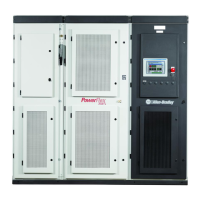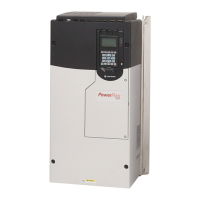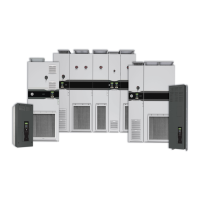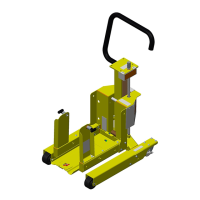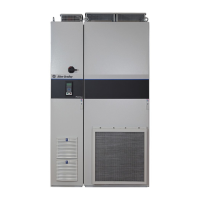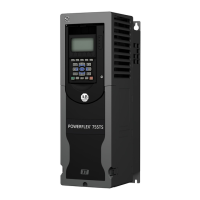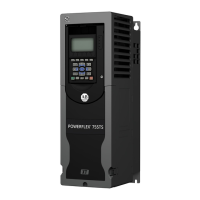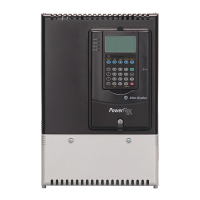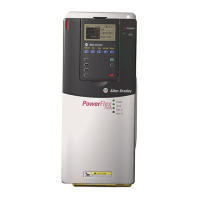
Do you have a question about the Rockwell Automation Allen-Bradley PowerFlex 700 and is the answer not in the manual?
| Communication Options | EtherNet/IP, ControlNet, DeviceNet, RS-485 |
|---|---|
| STO | Safe Torque-Off |
| Storage Temperature | -40…70 °C (-40…158 °F) |
| Relative Humidity | 5-95% non-condensing |
| Altitude | Up to 1000m (3300ft) without derating |
| Weight | Varies by model |
| Control Method | Vector, V/Hz |
Summarizes changes to the User Manual since the last release, detailing content removal and redirection.
Provides an overview of the manual's purpose, intended audience, and scope.
Explains drive parameters and their types (ENUM, Bit, Numeric) for configuring the drive.
Details how parameters are organized in File-Group-Parameter or Numbered List views.
Defines faults and alarms, categorizing them and explaining their general behavior.
Describes how drive status is indicated via LEDs and the HIM.
Provides steps and methods for clearing faults after corrective actions are taken.
Lists fault types, their descriptions, and recommended actions for resolution.
Explains that alarms clear automatically when the condition is no longer present.
Lists alarms, their descriptions, and actions to take.
Offers troubleshooting advice based on common symptoms related to starting, speed, and direction.
Groups drives by frame size for spare parts ordering and dimensioning.
Explains typical programmable controller configurations for communication.
Details the cable connection points for the HIM on the drive.
Describes the elements displayed on the Human Interface Module (HIM) screen.
Explains how to use the ALT key for specific functions on the HIM.
Provides a visual representation of the HIM menu hierarchy for navigation.
Guides users on how to view and edit drive parameters using the LCD HIM.
Explains how to link parameters for flexible configuration in Vector Control.
Provides instructions for safely removing and installing the HIM.
Details the circuitry and application of external brake resistors.
Describes the lifting/torque proving feature for applications requiring motor control and brake coordination.
Explains different motor control technologies like Volts/Hertz, Sensorless Vector, and Vector.
Explains the electronic thermal overload function and its parameters for motor protection.
Details the Overspeed Limit parameter and its role in managing maximum speed and potential alarms.
Explains how the drive detects and reacts to AC input power loss using DC bus voltage monitoring.
Describes the internal PI function for closed-loop process control in standard control mode.
Explains the Reverse Speed Limit parameter and its effect on motor direction control.
Details how skip frequencies are used to avoid resonant operating frequencies and equipment damage.
Explains the Sleep/Wake function for automatically stopping and starting the drive based on analog input levels.
Describes the drive's behavior upon power application, including automatic start conditions.
Explains different stop modes like Coast to Stop and Brake to Stop, detailing their operation.
Provides information on drive operating ranges and how voltage tolerance affects motor output.
